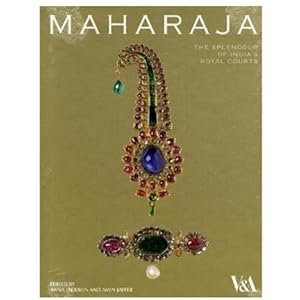
Over the holiday break, I had a good bit of time on my hands to do some leisurely fashion research, reading and watching. I’ve been on a fashion documentary kick, and most recently watched Vidal Sassoon: The Movie. The film was initially conceived by Michael Gordon (founder of the now-famous salon and product line, Bumble and Bumble) as a short film to give to Sassoon upon his 80th birthday.
I have to say it’s one of the most well-done fashion biographies I’ve seen in a while. It provides wonderful context for the man’s personal history: discussing not only the social contexts of his upbringing (class-ism), religion, and world events) but also the contexts for his most famous haircut – the five point cut. It was popularized by the likes of designer Mary Quant, actress Nancy Kwan, models such as Peggy Moffitt and Grace Coddington (now an editor at Vogue), as well as by designer Rudi Gernreich.
I was struck by how thoughtful and mindful Vidal Sassoon was and is. He reminds me a lot of my grandfather. Sassoon is primarily self-educated, but he sought education in whatever form he could in order to succeed. At one point he even took elocution lessons at the Old Vic Theater in London to help him get rid of his Cockney accent. He is also yet another fashion industry professional fascinated by architecture (both Vidal Sassoon and Charles James had similar affinities for architecture, and geometry played significant roles in both of their design aesthetics).
The film also provides some behind the scenes on the production of the accompanying book, Vidal: The Autobiography. If you haven’t yet seen this marvelous little film (it opened in February 2011, but is now available on Netflix), I would encourage you to check it out (see clip below). It’s surprisingly inspiring.










